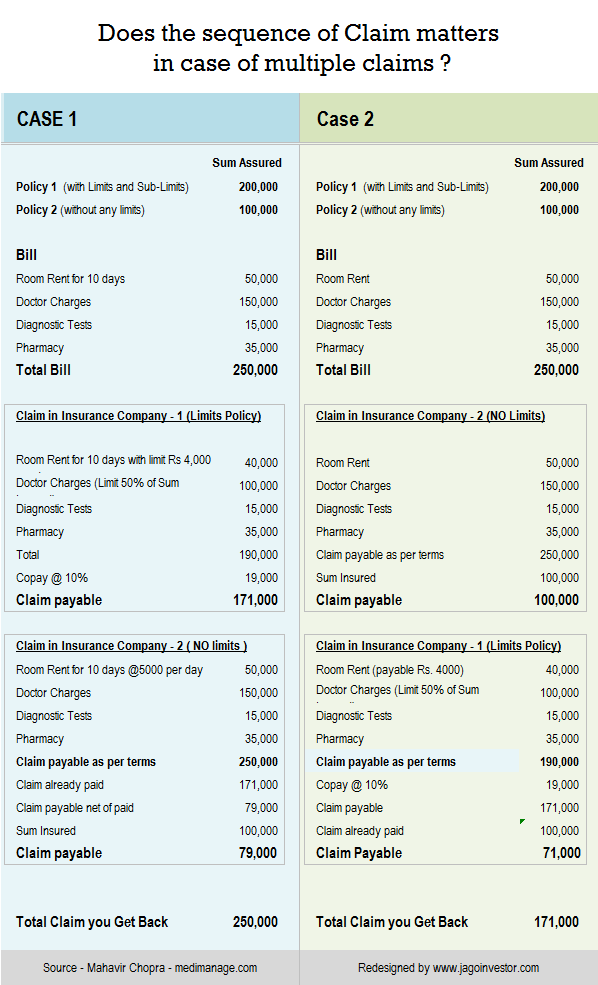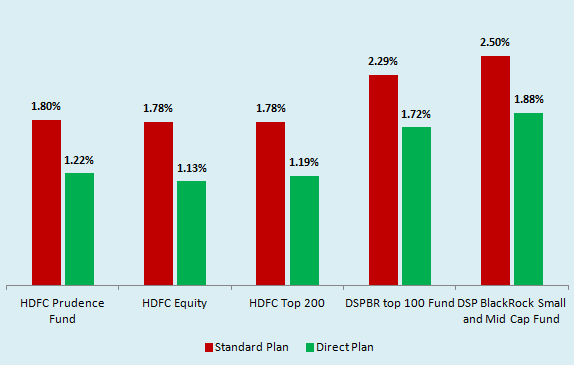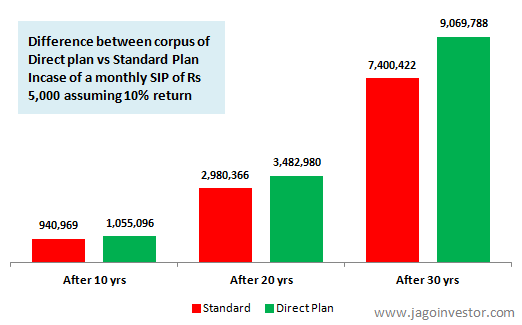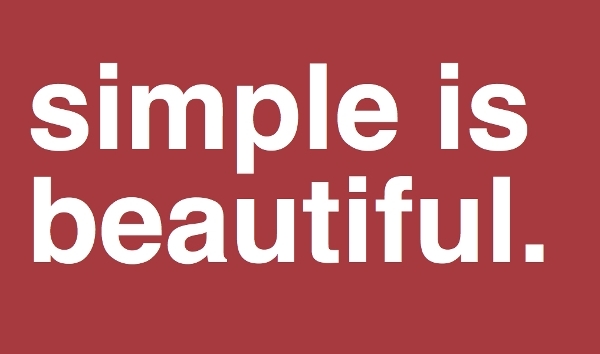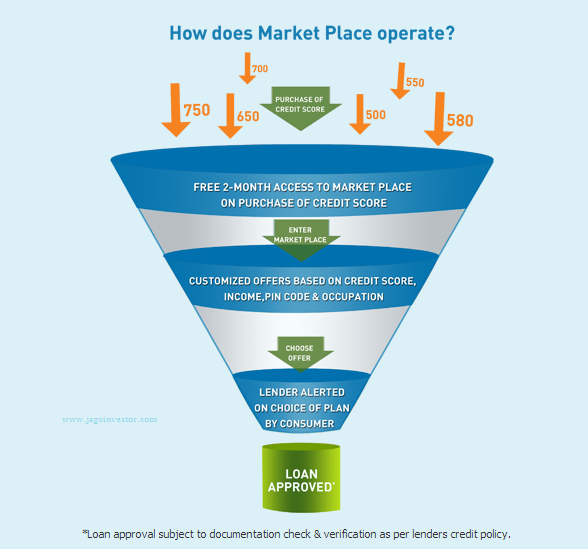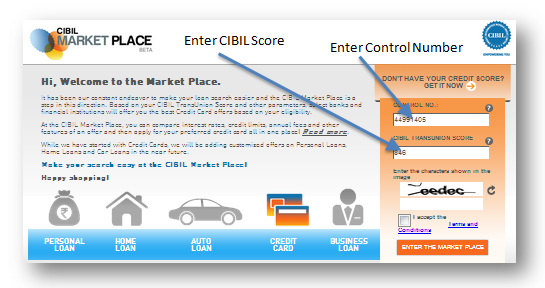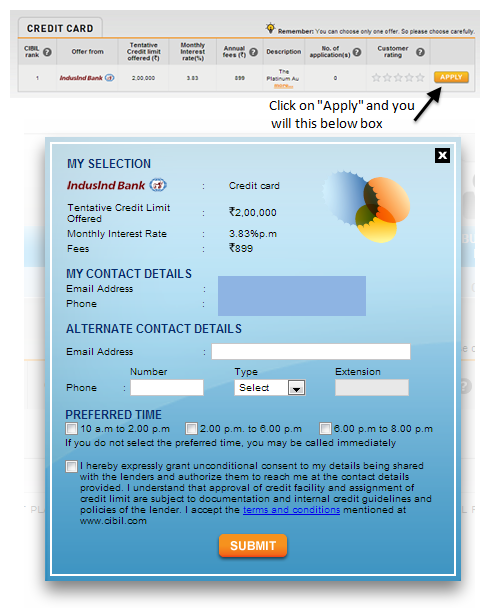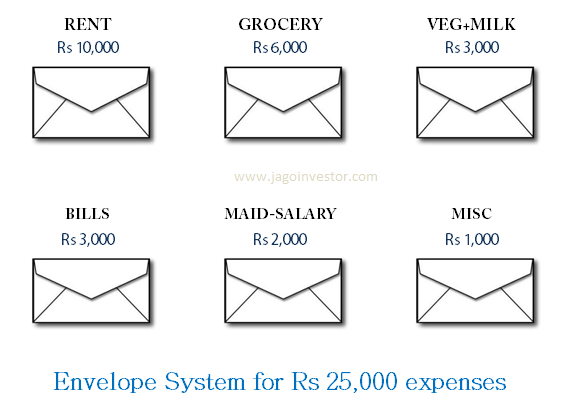We are extremely delighted to share the news about the launch of our 3rd book – “11 principles to achieve financial freedom”, which is written by Nandish Desai and published by CNBC18. I consider this book as a masterpiece work by Nandish, which presents a totally new dimension to investors on how to think about financial freedom and how to step by step improve their mindset and thinking beyond the traditional thinking and ideologies when it comes to money.
When Nandish started writing the book, we brainstormed many times as we wanted to make sure the book becomes a gem of the lifetime. I read the book at every stage and re-read it 3-4 times after it was completed (as part of proof reading and to check things are fine) and every time I personally got so much learning and value out of it. I think every investor who will not read this book will loose some thing amazing in his life.
What is the Book all about – “Forward” from me
The best way to give you an idea about what this book is all about, I am putting the “Forward” section which is written by me specially for the book. It will clearly give you the understanding of what this book is all about.
Right now, what you are holding in your hands is not just a book, but years of effort and creation. Nandish and I started our career making financial plans and somewhere we started to realize that many investors’ financial life was changing after having a financial plan in their life. After a lot of research, we concluded that a financial plan was just one part of the process and other elements were required to live an awesome financial life. This book is about those elements that we have discovered over time.
We challenged the traditional financial planning process a few years ago and that is how our financial coaching program came into existence. This book is based on our financial coaching program that we have conducted with over 100 people spread across the globe.
With this book, we invite each investor to look beyond financial products and returns, and look at wealth creation as a game. Most investors make investments out of compulsion and out of need; the core message of this book is to see wealth creation as a project and will teach you how to fall in love with the process of wealth creation.
There are books that follow the trend and there are some books that set the trend. This book falls in the latter category; it is here to set the trend in the personal finance world.Discovering who you are as an investor
Most investors are in search of solutions and answers; this book is not about getting answers, but about discovering who you are as an investor and gaining insights on how you can connect with your true wealth.
Nandish has written this book after working with hundreds of people. I am sure this book has the power to change your financial life; to some it will act as a wake up call, to some it will help them discover who they are as an investor, to some it will help them add different dimensions to their financial life.While I was going through the initial draft of this book, I was convinced that this book would be a game changer not only for investors but also for financial planners. This book is simple and yet powerful and it will leave a deep impact on you as an investor.
There is a lot of hype around the words “personal finance” and “money” out in the world. While you are reading, this book will teach you to fall in love with the process of wealth creation.
Working with a Financial Coach
The narrator of this book is Sam, an IT professional based in Mumbai, who shares his experience of working with a financial coach. This book is not a story but it has conversations between Sam who is a lost, confused and directionless investor and his financial coach. They both meet and Sam participates in a program called the “90 Day Money Game.” The coach invites Sam to work with him for the next 90 days. The money game has 11 exciting levels that span the next 90 days.
Sam is a confused investor full of fear with a pessimistic view about his financial life before meeting his coach. But with each passing level, as his financial coach teaches Sam, his life starts changing as he implements the elements of living a great financial life and incorporates changes in his thinking and attitude towards various things. As Sam starts experiencing a big shift in his financial life, he starts to experience a new level of enthusiasm, positivity and motivation. With each passing level, Sam identifies why his financial life was a mess and how his whole life offers great possibilities.
The book teaches that an upgrade is always available in life. At the end of the 90 Day Money Game program, Sam is now a totally new Sam. He calls this his journey from Sam 1.0 to Sam 2.0.
If you also feel that you need direction, motivation and some exciting new ideas in your financial life and you want to move towards financial freedom, this book is for you. Nandish is an amazing financial coach in real life who has worked with hundreds of investors and changed their lives. Now it’s your turn!
11 levels inside the book
The book is beautifully written where the coach takes a person called Sam through 11 levels, each of which fuels a new thought inside the investor mind and opens up his thinking level in a totally new direction. Here are those 11 levels (chapter names), may be you get some idea about them by name of the chapters.
[table]
| Level 1 | Laying a strong foundation |
| Level 2 | Creating new relationship with money |
| Level 3 | Investigation begins |
| Level 4 | The game changers |
| Level 5 | Don’t set goals, set yourself |
| Level 6 | Create system to create wealth |
| Level 7 | Mastering game of financial freedom |
| Level 8 | Active income vs. passive income |
| Level 9 | How wealth is created |
| Level 10 | How to increase your income |
| Level 11 | Make each year your best financial year |
[/table]
A small taste of the book content
Let me share with you 1-2 pages content from the book middle chapter, so that you can get a taste of the book
Personal finance is a level 3 promise
My coach said that 90 Day Money Game is all about making and keeping promises. Personal finance is not about gathering knowledge; it is a game of promises and actions.He taught me three levels of promises, which helped me immensely. Let me share what he taught me. He asked me to close my eyes and asked me three questions.
How good you are at keeping your professional promises?
I replied, “I am extremely good at keeping my professional promises.”
How good you are at keeping your personal promises? (With family and friends)
I replied, “I am not that great at keeping my personal promises. I keep them at times and break them at times.”
And how good you are with promises that you make with your own self?
I replied, “I am very bad in this area. I have a series of broken promises.” This question made me feel very guilty as I could see many such broken promises in my life.
He then asked me to open my eyes. He wrote on a white board
[table]
Level One Professional promises You keep them always Level Two Promises made to family members You keep them at times Level Three Promises made with self You break them all the time [/table]
Professional promises: He said, “Sam you are good at keeping your professional promises, when a new task is assigned in your professional life, you really make sure that you give your best. Your colleagues see you as a committed person. You feel so proud when your company and its people see you as a committed person. You really do whatever it takes to fulfill your professional work commitments. At times you become a warrior, you work extra hours, take your work home but you make sure that the promises are kept.”
Promises made to family members: He asked me whether I had broken promises with my family members. My answer was “yes.” I could see that I have not taken my personal promises seriously the way I was with my professional promises. I could see the GAP between both levels.
Promises with self: This really came as a shock to me as he asked me how many broken promises I have with my own self. I could not even count them, as they were so many. I could see myself as a master killer when it comes to breaking promises with self. Every day I used to make a promise of waking up early and going for a morning jog but never went.
3 levels of promises
My coach said, “You are good with your professional commitments, you are ok with your family or personal commitments and you are the worst when it comes to making and keeping promises with self.”
Going for exercise every day and personal finance actions falls in third category where as an investor you need to make promises with yourself and then complete them. At a family get together or in any business conference no one will ever ask you whether you are consistent with your investments or not. No one will ever ask you whether you are paying your premiums or making your investments on time or not.
I got a very important lesson that quality of my financial life depends on how many promises I make and keep with myself.
He said, “Every time you have a broken promise, you are going away from your cheese.”
This was a big lesson for me, which I wrote in my wealth journal.
Learning – Personal finance is all about making and keeping promises
Want to join Action Revolution ?
For those who are promising themselves that they will take some actions in their financial life, we are coming up with an amazing action oriented program which we are calling as “Action Revolution”, launching on 1st May – Be on our email list to get the first chance to register for it. CLICK HERE
This book is 3rd one from jagoinvestor team . We have also published 2 other books . You can look at our books page to get all information about the 3 books.
Pay Rs 50,000 or buy this book
Nandish has worked with over 100+ coaching clients (we offer a program called financial coaching at Rs 50,000 at the moment). This is the best way to get exposed to what is it to work with a financial coach personally. So I would say, you should not even think for a moment and grab this book asap.


